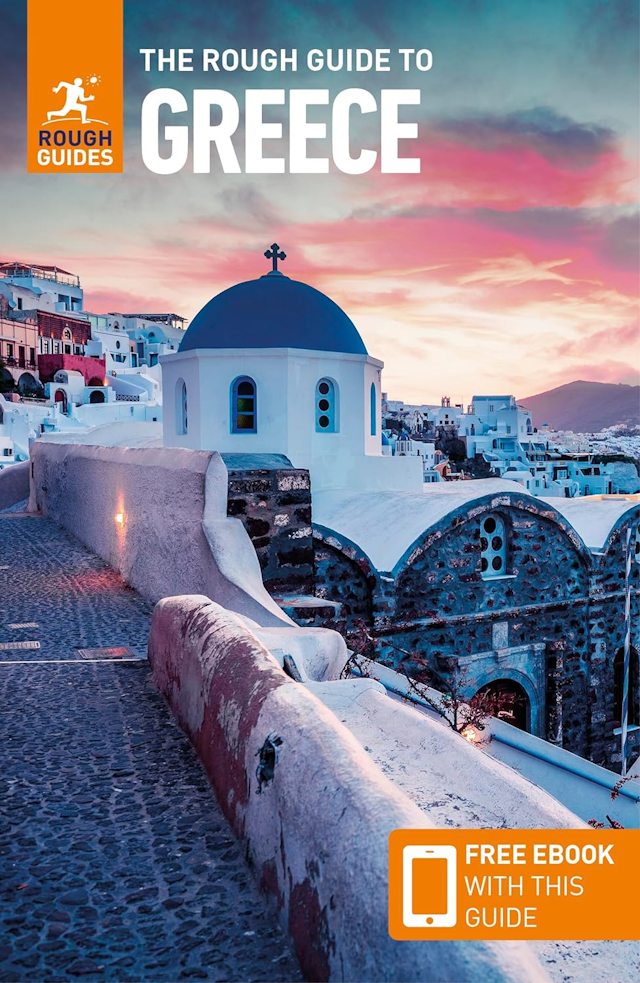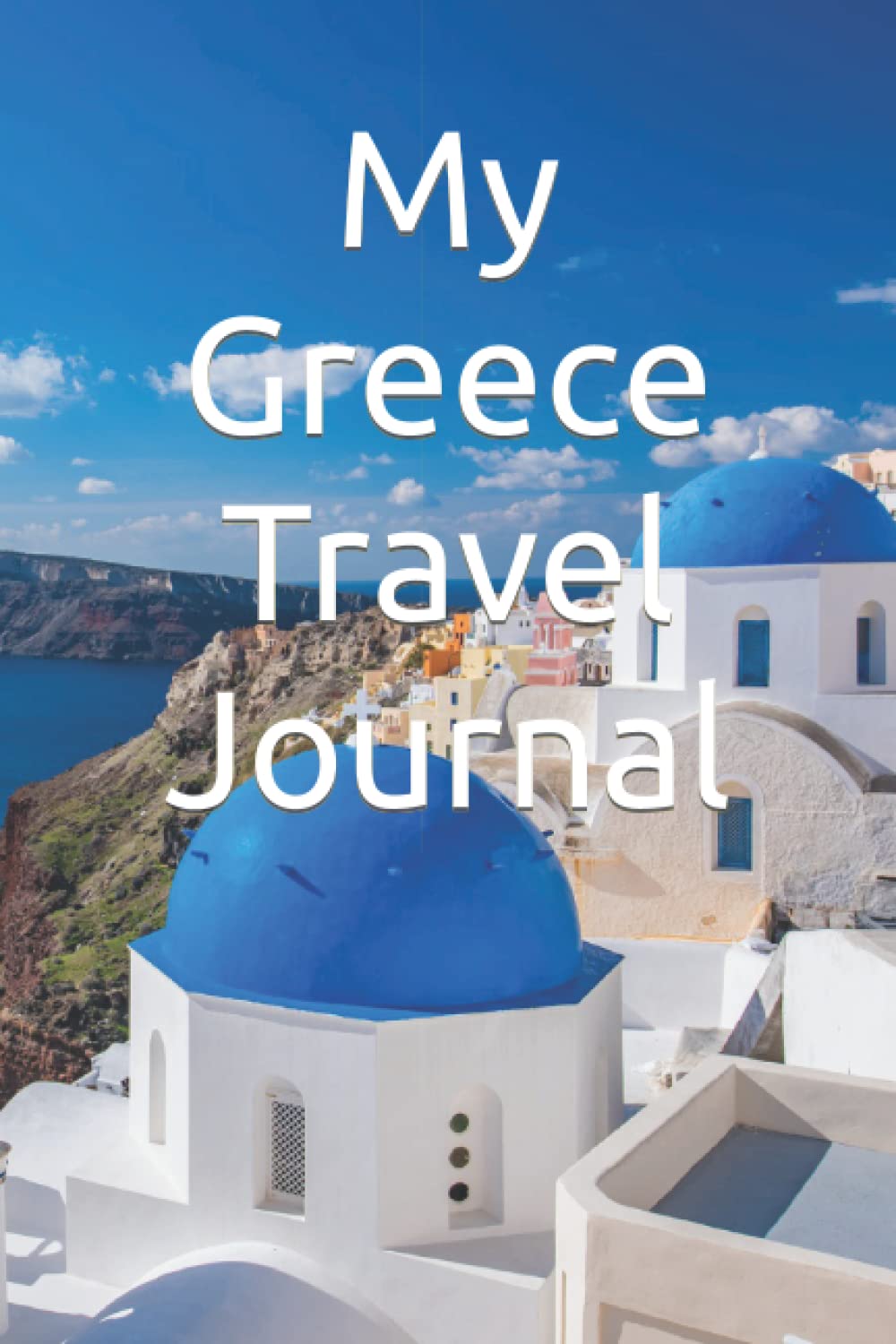- HOME
- Macedonia & Thrace
- Thessaloniki
- History of Thessaloniki
History
of Thessaloniki
Greece Travel Secrets outlines the history of Thessaloniki, Greece’s second city, from its origins through Roman times and the Ottoman period through to today.
Thessaloniki, the second-largest city in Greece, boasts a rich and diverse history that spans over two millennia. Its story is one of conquest, cultural exchange, and resilience, making it a fascinating tapestry of civilizations that have left their mark on this vibrant city.
History of Thessaloniki: Origins
The origins of Thessaloniki can be traced back to 315 BCE when Cassander, one of Alexander the Great's generals, founded the city and named it after his wife, Thessalonike, who was the half-sister of Alexander. Initially established as a small settlement, the city quickly grew in importance due to its strategic location. Situated on the Thermaic Gulf and at the intersection of key trade routes, Thessaloniki became a crucial center for commerce and culture.
During the Hellenistic period, Thessaloniki flourished under the rule of the Antigonid dynasty, which succeeded Cassander. The city thrived as a cultural hub, attracting scholars, philosophers, and artists. It became a melting pot of Greek, Roman, and Eastern influences, showcasing the cosmopolitan nature that would define its character in the centuries to come.
The Roman Empire
In 168 BCE, Thessaloniki fell under Roman rule, marking a new chapter in its history. The Romans recognized the city's strategic importance and invested in its infrastructure, constructing impressive buildings, aqueducts, and a defensive wall. Thessaloniki became an essential administrative and economic center within the Roman Empire, serving as the capital of the province of Macedonia.
As the Western Roman Empire crumbled in the 4th century CE, Thessaloniki experienced a significant transformation with the arrival of Christianity. The city played a pivotal role in the early Christian Church, with the Apostle Paul establishing a Christian community there. In 306 CE, the Roman Emperor Galerius, who was born in the region, initiated the construction of the Arch of Galerius and the Rotunda, structures that still stand today as testament to the city's Roman past.
Byzantine Era
The Byzantine era ushered in a new period of prosperity for Thessaloniki. As the second largest city of the Byzantine Empire, it became a center of trade, culture, and religious activity. The city's walls were reinforced, and numerous churches were built, including the renowned Hagia Sophia, not to be confused with the more famous one in Istanbul. Thessaloniki's Byzantine heritage is evident in its many churches, some of which are UNESCO World Heritage Sites, showcasing intricate mosaics and frescoes.
Norman and Ottoman Invasions
The Norman and Ottoman invasions in the 12th and 15th centuries, respectively, brought about significant challenges for Thessaloniki. The city changed hands multiple times, experiencing periods of decline and revival. The Ottomans, who eventually established control in 1430, left a lasting impact on the city's culture and architecture. Many mosques, baths, and bazaars were constructed, blending Ottoman and Byzantine influences.
Ottoman Period
Thessaloniki's role as a cultural crossroads continued during the Ottoman period, with the coexistence of different ethnic and religious communities. The Jewish community, in particular, thrived and contributed to the city's cultural diversity. However, the 19th century saw the decline of the Ottoman Empire and the rise of nationalist movements. Thessaloniki, along with other parts of the Balkans, became a focal point of territorial disputes and power struggles.
First Balkan War
The early 20th century brought about significant changes for Thessaloniki. In 1912, during the First Balkan War, the city was liberated from Ottoman rule by Greek and Allied forces. This event marked the incorporation of Thessaloniki into Greece and the end of almost five centuries of Ottoman dominance. The city's liberation is celebrated annually on October 26th as the "Liberation of Thessaloniki Day."
The interwar period saw Thessaloniki's population grow rapidly, fueled by an influx of Greek refugees from Asia Minor following the Greco-Turkish War of 1919-1922. The city's character continued to evolve as it became a vibrant center for commerce, industry, and culture. However, World War II brought new challenges as Thessaloniki suffered bombings and occupation by Axis forces.
World War II
During the war, the city's Jewish population faced persecution, and the vast majority were deported to concentration camps. The Jewish community, which had played a significant role in Thessaloniki's history, was decimated, and its cultural heritage lost. Today, efforts are made to preserve and remember this tragic chapter through museums and memorials.
The post-war period marked an era of rebuilding and modernization for Thessaloniki. The city underwent significant urban development, and its economy diversified. The establishment of the University of Thessaloniki in 1925 contributed to the city's reputation as an educational and cultural hub. Thessaloniki embraced its role as a modern metropolis while preserving its historical legacy.
Modern History of Thessaloniki
In recent decades, Thessaloniki has faced challenges and opportunities associated with urbanization, economic shifts, and cultural globalization. The city continues to evolve as a dynamic and cosmopolitan center, attracting tourists, students, and professionals. Thessaloniki's rich history is evident in its archaeological sites, Byzantine walls, and Ottoman structures, which coexist with a lively contemporary urban landscape.
Thessaloniki's history is a captivating journey through the ages, marked by conquests, cultural exchanges, and resilience. From its humble beginnings in the Hellenistic era to its prominence as a major city in the Byzantine and Ottoman periods, Thessaloniki has endured and thrived.
Today, the city stands as a testament to the enduring spirit of its people and the diverse influences that have shaped its unique character over the centuries.
Latest Posts
-
Explore Vikos Gorge: Hiking, Rafting, and Food in Zagori
One of the most impressive canyons in Europe and one of Greece’s favorite mountain destinations, Vikos Gorge invites hikers and food lovers alike. -
Lefkada: The First Ancient Theater of the Ionian Islands Comes to Light
The first ancient theater ever discovered in the Ionian Islands is located in the heart of the ancient city of Lefkada, established before the end of the 7th century BC. -
5 Epic Island Hikes in Greece for Spring Explorers
This spring, five majestic peaks across Greece’s islands invite us to lace up our boots and discover a wilder side of island life. -
Greek Ferry Services to Halt on May 1 Due to Labor Strike
Ferries in Greece will remain docked for 24 hours on Thursday, May 1, as the Pan-Hellenic Seamen’s Federation (PNO) joins Labor Day mobilizations announced by the General Confederation of Greek Labor… -
Sifnos: Greece’s Hidden Culinary Star on the Rise
Sifnos, a Cycladic island, is gaining fame for its rich culinary heritage, especially the beloved melopita honey-cheese tart. -
Easter in the Mystical Castle of Monemvasia
In the castle town of Monemvasia, with its dramatic medieval backdrop and sea views, Easter is a deeply spiritual and atmospheric experience. -
Easter in Leonidio: A Tapestry of Light, Culture and Cliffs
In Leonidio, Easter comes alive with handmade hot air balloons in the sky and lanterns made from bitter oranges in the streets. -
The Lesser-Known Traditions of Greek Easter
Step off the beaten path this spring and discover the enchanting — and often surprising — Easter traditions found across Greece. -
April 9 Strike in Greece to Impact Public Transport, Ferries and Air Travel
Transportation and travel across Greece will face disruptions on Wednesday, April 9, as public transport, ferry and aviation workers join a nationwide strike called by Greek labor unions. -
Ancient Theater of Lefkada Brought Fully to Light Following Systematic Excavation
The Greek Culture Ministry has announced that the first ancient theater ever identified in the Ionian Islands has recently been brought fully to light on Lefkada, revealing an impressive monument that…










